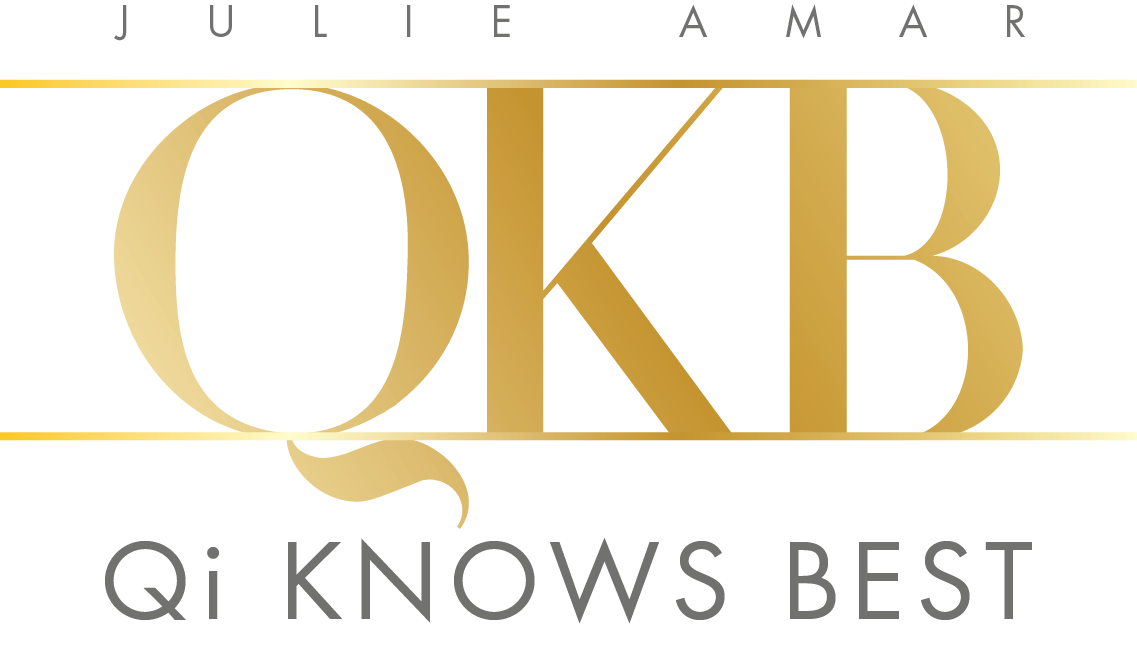Examine the pattern to seek the cause
In Chinese medicine, we diagnose disease by using patterns to differentiate syndromes. What does this mean? Basically, it means we use pattern identification as a diagnostic approach.
Western medicine takes the approach of analyzing symptoms and signs one by one and trying to find a cure for them. In this sense, Western medicine has a relatively narrow area of exploration despite its battery of tests.
In contrast, in TCM, we often say, “examine the pattern to seek the cause.” We interpret symptoms and signs differently. A TCM practitioner takes a wider view, assessing changes in a broad range of common bodily functions such as urination, sweating, thirst and so on. Additionally, TCM takes into account many clinical manifestations ranging from facial and bodily signs to psychological and emotional traits which are not really symptoms, strictly speaking; they are not related to an actual disease process, especially by Western standards. But they still provide the basis for a clear picture of Qi disharmony in a particular person. TCM forms an overall picture, taking all this information into consideration to identify the underlying imbalance.
We look at the different causes, triggers and manifestations, and personalize treatment for each patient. It’s not a quick fix. TCM gets to the root! We see every symptom as being a small part of the larger puzzle of treating your individual needs because it all relates to a pattern of disharmony.
Many of the symptoms TCM considers to be significant for diagnosis are not considered to be diagnostic signals in Western medicine. For example, the symptom of thirst is not considered relevant for Western diagnosis if a patient’s main complaint is lower back pain. But in TCM, the symptom of thirst is attached to a common pattern associated with lower back pain, stemming from kidney Qi deficiency. Therefore, thirst becomes a key identifier in understanding the root cause of low back pain.
Another maxim we follow is “inspect the exterior to examine the interior.” In TCM, we use every imaginable outward sign to tell us what’s going on with the internal organs. This includes the skin, complexion, smells, sounds, emotions, tongue, pulse and much more as part of the examination we conduct to identify patterns.
Identifying the pattern of imbalance blends diagnosis, pathology and treatment principle all in one. It allows us to establish the nature and character of the condition, the site of the disease, the treatment principle and the prognosis. We seek to understand how the pattern arose and how different aspects of it interact with each other.
Here is an example of what I experience with my patients: I will often receive referrals to help address hormonal imbalances, specifically menopause. Menopause is a diagnosis for women that involves the ending of menstruation. Once this happens, a host of manifestations are produced as a result of reduced estrogen levels. Some symptoms are more common than others.
Two patients with the same Western diagnosis may both have hit menopause , meaning no more periods. However, upon intake, I will quickly see a differing range of symptoms between the two patients. For instance, one may have issues that are traditionally related to menopause, such as hot flashes, anxiety and insomnia, while the other patient will have low energy, dry skin and vaginal dryness. Two different patterns, but each uncomfortable.
What’s the Western medicine explanation as to why they both have menopause, but experience different symptoms? Or as to why some women start menopause in their early forties, while others start in their mid-fifties or later? There isn’t one, really!
In TCM, we analyze the particulars of each patient’s constitution—meaning the totally unique combination of features that makes you, you!—regardless of the label of menopause. The cessation of menses can bring on anywhere between 20 and 30 different symptom variations, and identifying them for each person helps to determine what treatment will work for that patient specifically.
In these two cases, I treated the first for kidney yin deficiency by targeting specific acupuncture points to strengthen the water element, promote fluids distribution and settle the spirit. Within six treatments, she reported a reduced frequency and intensity of symptoms, and is now symptom-free. I treated the second patient for spleen Qi deficiency and liver yin deficiency by working with specific acupuncture points and providing dietary counselling based on the Five Element Theory. Her symptoms were noticeably improved after her first treatment and after a total of 16 treatments, she no longer suffers from these issues. Today, when these patients come in, it’s for maintenance and prevention!
No two patients are assessed or treated the same way. TCM uses constitution-based treatments for every patient, so there is no one-size-fits all prescription. As well, because we treat patients holistically, we also identify key areas of changes to quality of life that require treatment. So, everything is combined and worked into the treatment, not just the Western diagnosis of hormonal imbalance. We want to support all organ functions and Qi flow.
In short, yes you are a special and unique snowflake—in the best possible way! And as such, you deserve to have a practitioner who can look at you in all your glorious complexity and come up with ways to help you balance your health that are carefully tailored for you.
Your pattern, your health, your move.
xo
